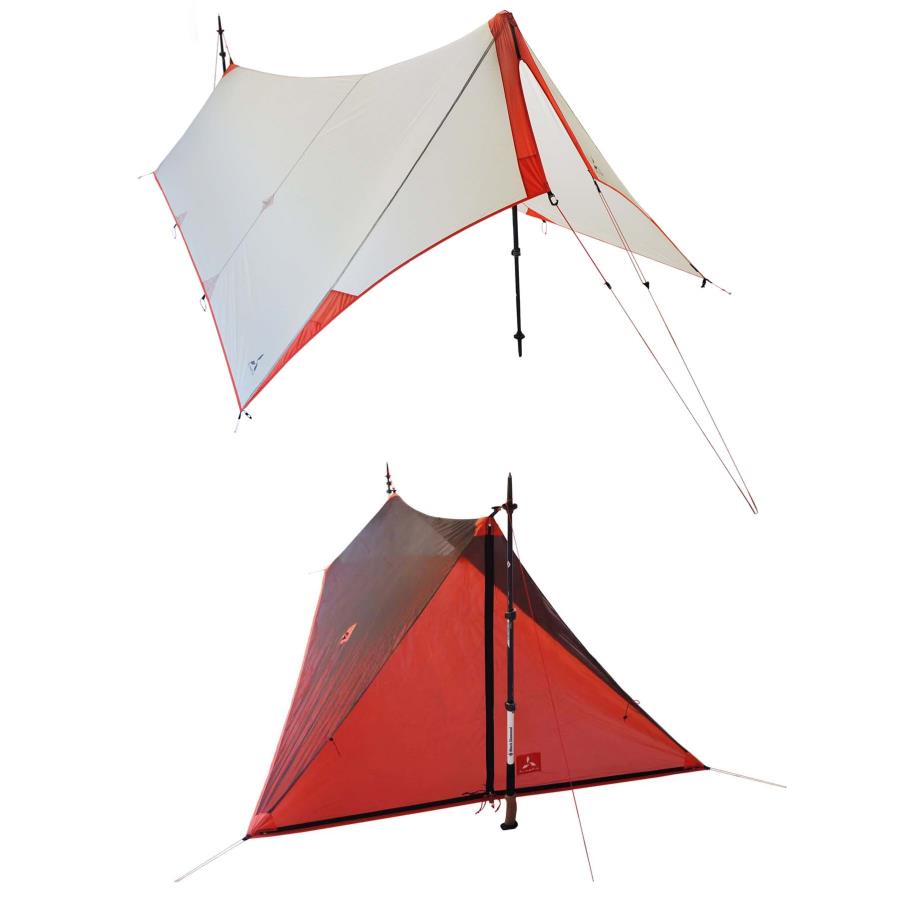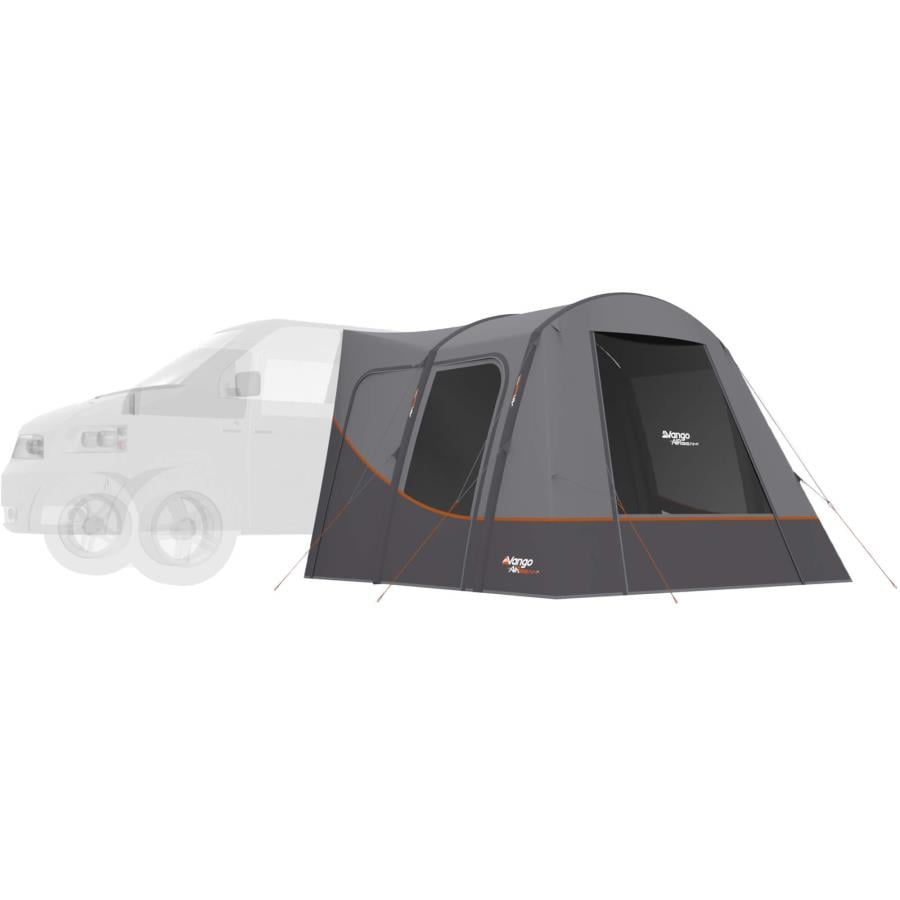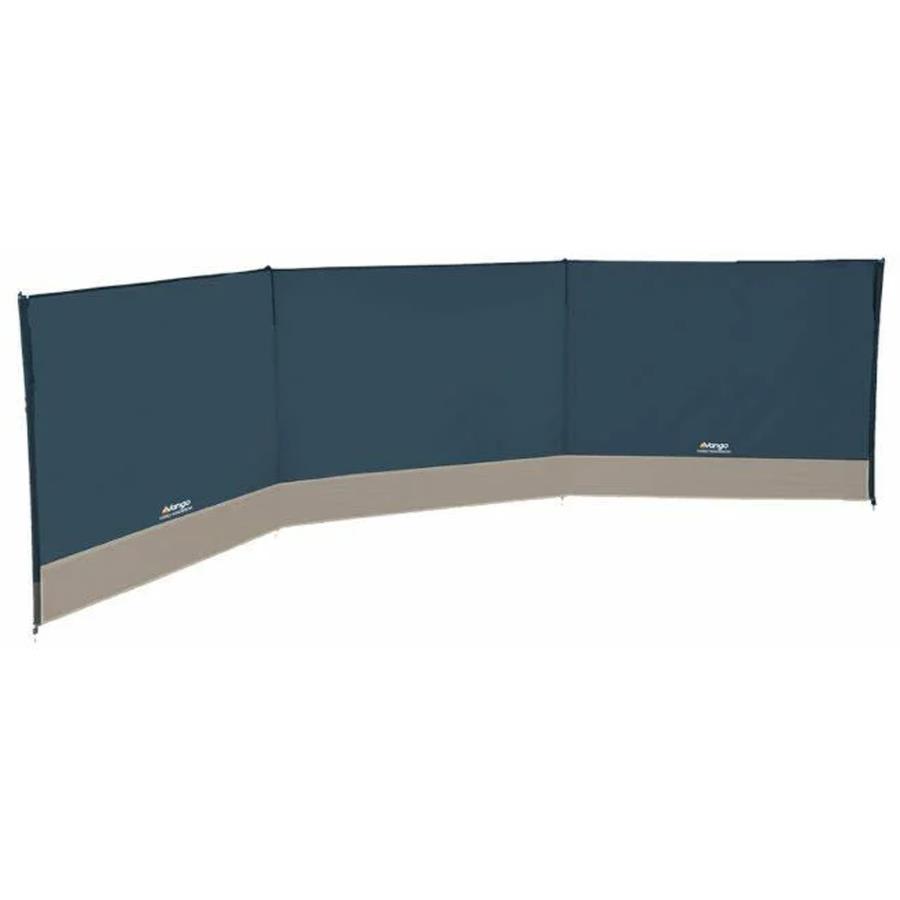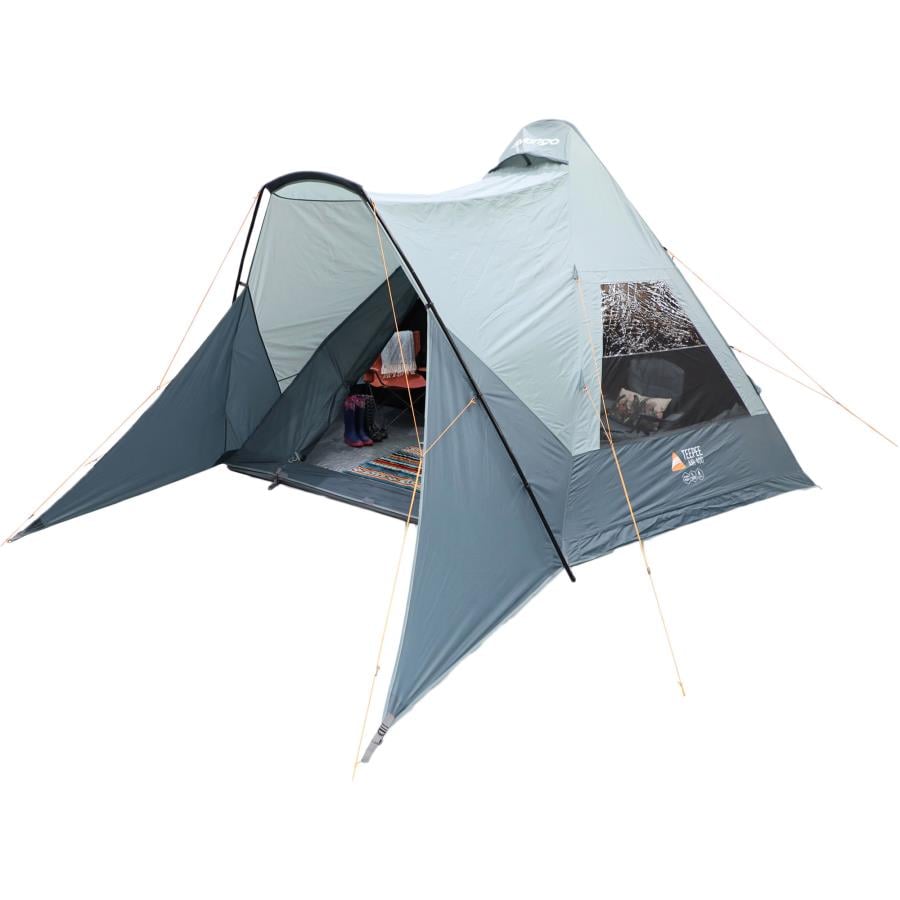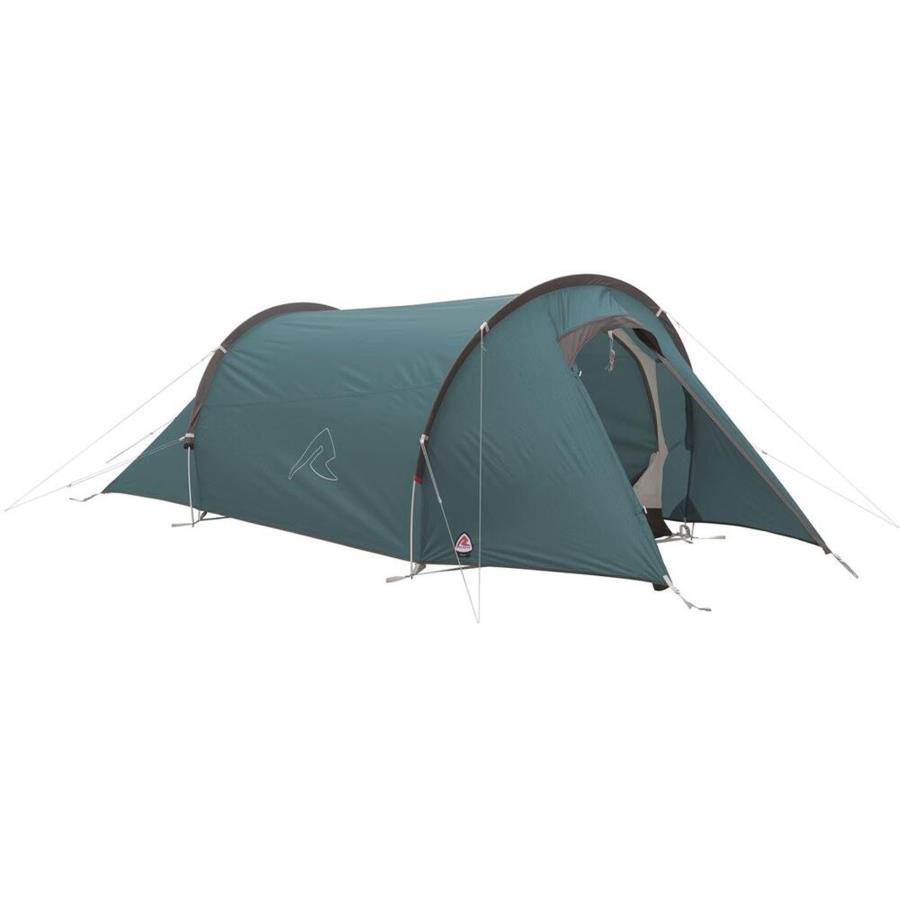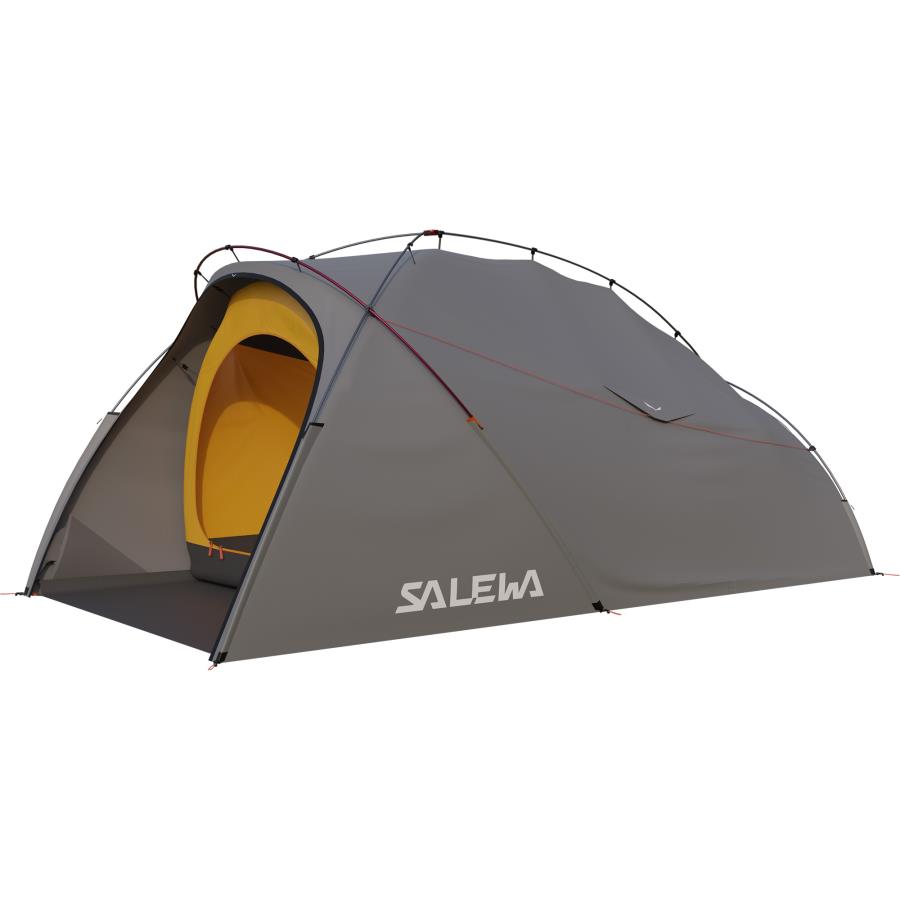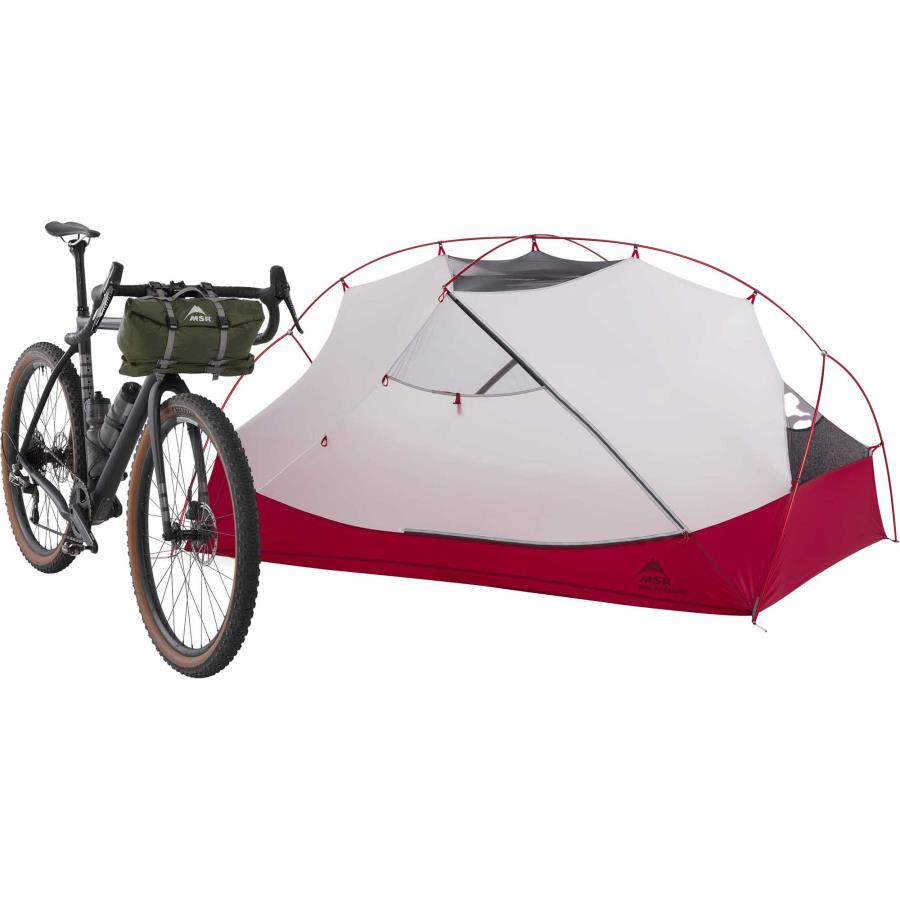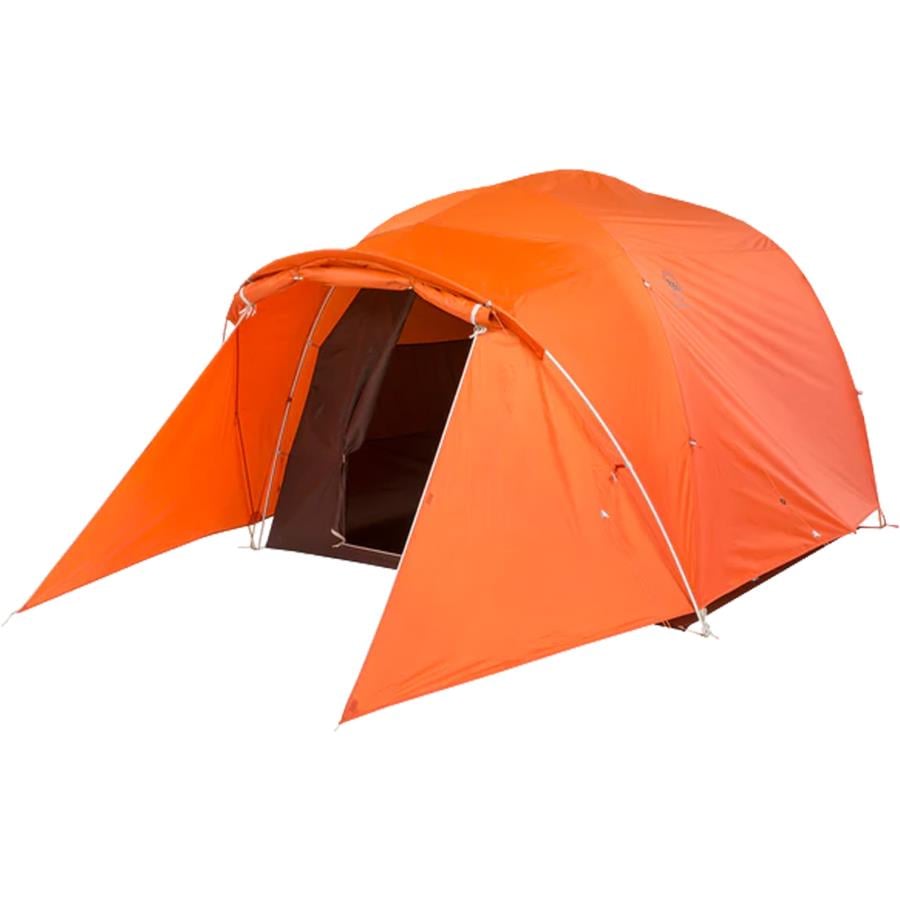The Ultimate Guide to Tent Waterproofing

When buying a tent it’s important to take into consideration the location, altitude, season, and weather conditions you are most likely to encounter on your trip. A tent that holds up to light summer showers in a sheltered woodland setting can react differently when subjected to a sustained downpour on an exposed mountainside.
A tent's outer flysheet will typically be made of nylon or polyester. Lighter and more durable, nylon is generally used in higher-end models with heavier and less durable polyester in lower-price shelters. Regardless of material, each fabric will need to undergo a waterproofing treatment before it's ready for use.
Waterproof ratings give you an idea as to the level of water-resistance the outer flysheet can handle. In most cases, a flysheet will feature a lower level of waterproofing compared to the floor which is subject to greater pressure and contact with ground moisture.
PU - Polyester Urethane
PE - Polyether Urethane
SILICONE
POLY-COTTON
Hydrostatic head refers to the measurement of water resistance in a fabric. In the context of a tent, it indicates the pressure at which water will begin to penetrate the tent fabric, with a higher hydrostatic head indicating a greater level of water resistance.
The lowest legal limit to attain a ‘waterproof’ rating is 1’000 mm. The average rating for a tent’s outer flysheet is around the 3’000 mm mark – although some makes will range down to 1’200 mm. Don’t be put off by a lower rating as higher quality fabrics and waterproof treatments can provide incredibly storm-proof tents (more on this below). Put simply, the higher the waterproof rating the longer the tent will repel water in a sustained downpour.
A flysheet with a rating of over 3’000 mm will see off the most persistent downpours with a groundsheet of 10’000 mm easily keeping ground moisture at bay.
When it comes to lighter nylon tents the most common methods of waterproofing are coatings of polyurethane (PU) or more expensive silicone (SI). Though cheaper, a PU coating diminishes over time. The chemical composition is susceptible to sunlight and weather, gradually breaking down to become less effective. Tents featuring a PU based coating will benefit from reproofing to maintain their water repellence.
Tents featuring silicone elastomer coatings find use in higher performance and lighter-weight shelters. A costlier and more time-consuming process means SI coated shelters run at a higher price point - though the benefits are many. SI treated fabric gives you higher water repellency that won’t be as susceptible to sun and weather damage. A Silicone treated fabric is also lighter and stronger than standard PU coated materials giving them greater abrasion resistance and a longer life span.
Check out our full range of Tents today!
Explore Our Latest Tents
Need further advice? We're here to help!
Check out our Buying Guides for technical tips and tricks.
Visit our Help Centre to speak to our experts.
